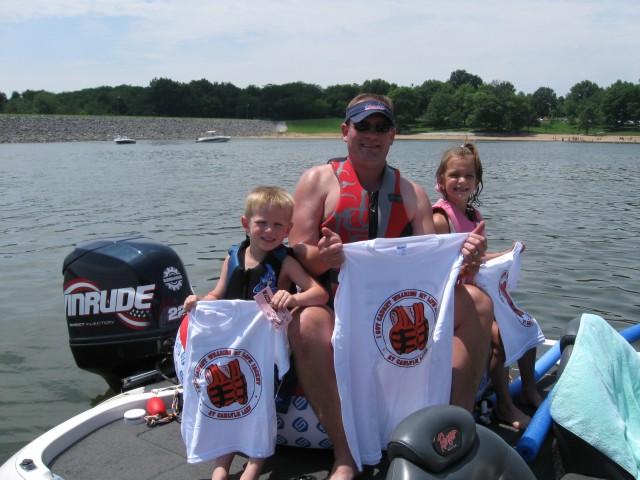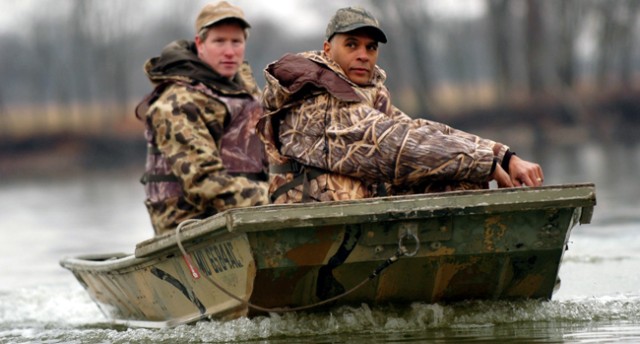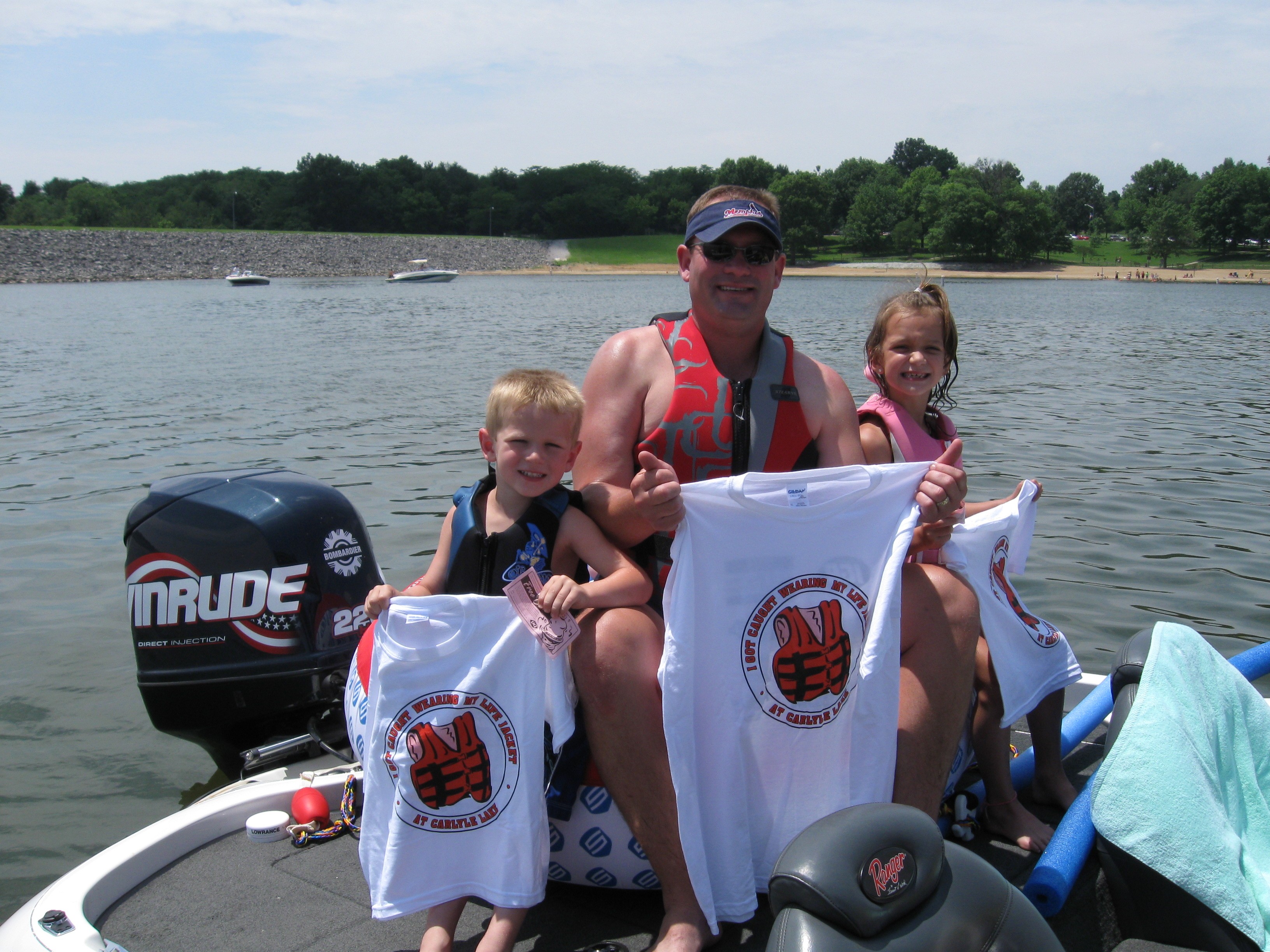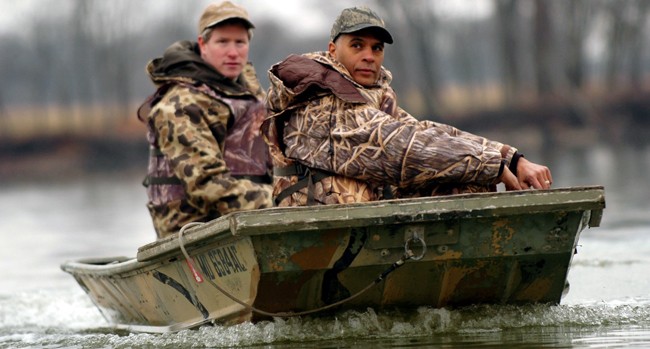Give your Boat a Quick Inspection Before Heading Out on the Water
It doesn't require a 40 ft. cabin cruiser to enjoy the nation's many lakes, rivers, and coastal waterways, but those operating small boats to engage in water-related activities do need to be aware of their boat's limitations and behave accordingly.
Statistically, more than 80 percent of all boating fatalities occur in boats less than 26 feet in length, often the result of capsizing or falls overboard. In many cases, a contributing factor is one or a combination of the Coast Guard's Big 4: excessive speed, reckless operation, operator inattention/inexperience, and boating under the influence.
But other factors point to hazards particular to smaller craft. In small, open-constructed boats, the wave-size-to-boat ratio is much less than on a larger boat, and a small boat will fill with water more quickly if washed over by a large wave, or even a small one. Transoms and helm station areas are wide open and the boats have smaller and fewer bilge pumps, or none at all. Also, decks are not watertight, and water can enter and damage the control cables, leaving the boat
stranded.
Even empty, such boats have little to no freeboard - the distance between the rail or top edge of the boat and the waterline - and even less when fully loaded with occupants, food, and gear. It's easy to overload these vessels unintentionally, and an overloaded boat is more likely to capsize, even in relatively calm waters.
So keep in mind your boat's maximum load capacity. On most mono-hull boats up to 20 feet long, this information can be found on the capacity plate, permanently affixed to the hull by the manufacturer. It notes the maximum horsepower rating and maximum load weight at which the boat can safely operate. If a capacity plate isn't present, one easy formula for calculating the maximum load for a mono-hull boat is to multiply the boat's length times its width and divide by 15. As such, a 6 ft. wide, 18-foot boat can carry up to 7 people safely.
To make capsizing even less likely, be sure your load is distributed evenly to keep the boat balanced. Standing for any reason in small boats, even changing seating positions, can raise the center of gravity and make the boat less stable. The same is true for sitting on the gunwales or seat backs, or on a pedestal seat while underway. A raised center of gravity means that a wave, wake, or sudden turn can result in a person falling overboard.
For safety's sake, complete a pre-departure checklist prior to launch to make certain your boat is in good working order and has all the necessary safety equipment on board. And, big boat or small, be sure to check the weather report and waterway conditions, bearing in mind that conditions considered safe for a 40-foot boat might be unsafe for one half that size.
Small boats are a lot of fun and important to many water-related activities. Take a moment to doa 15-minute inspection before launch, watch your load, and mind the Big 4. Make sure that all of your small boat journeys are safe ones.
Complete this Pre-Departure Checklist
To make sure your small boat is "seaworthy" and that all essentials are on board, set aside 15 minutes for a quick inspection before launch.
- Check the operating condition of your boat: motor, steering, battery, hoses, clamps, bilge pumps, wiring, fuel tanks, lines, float switches, and lights.
- Make sure you have a U.S. Coast Guard-approved life jacket of correct size and type for you and every passenger (and, on the water, make sure they are worn, not just stowed).
- If your boat is greater than 16-feet in length, be sure you also have a Coast Guard approved throwable flotation device - i.e. buoyant cushion, ring buoy, or horseshoe buoy (kayaks and canoes are exempted from this requirement).
- Check for other safety equipment appropriate to the size of your boat and the area where it will be operating; for example, flashlight, tool kit, first-aid kit and sunscreen, paddles, oars, binoculars, anchor and anchor line, fire extinguisher, spare battery, visual distress signals, charts of the local area, and a VHF-FM marine radio.
- Check the capacity plate (if affixed to the hull) or calculate the maximum load to make
sure you don't overload the boat with passengers and gear.
You can also download a Pre-Departure Checklist from the U.S. Coast Guard at
http://bit.ly/j2d6wq




Social Sharing